- Home
- slideshows
- India’s iconic budget announcements through the years that changed the economy
India’s iconic budget announcements through the years that changed the economy
1951: Mathai creates the planning commission of India

1986: V P Singh moves to end licence raj
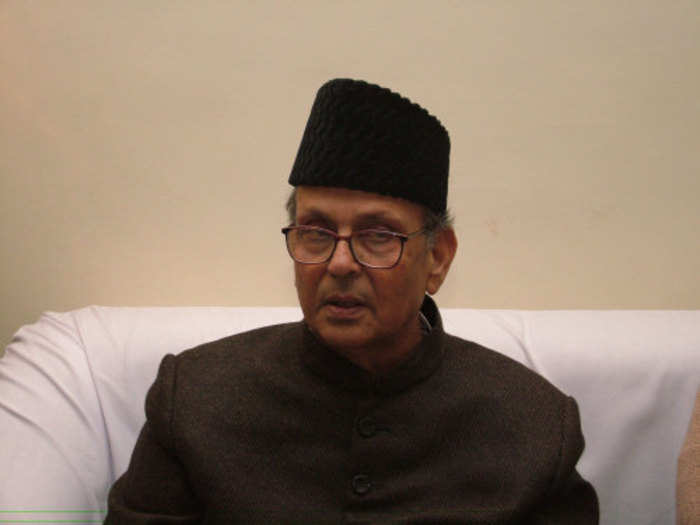
The 1986 Budget was the first step towards eliminating the license raj — a system where firms were required to obtain several licenses from various government agencies to open a medium or large size business in India. The budget — presented by VP Singh — was called “carrot and stick” since it offered punishments as well as rewards.
In this budget the government launched an intense drive to target black marketers, smugglers and tax evaders.
1991: Manmohan releases the genie of economic liberalisation
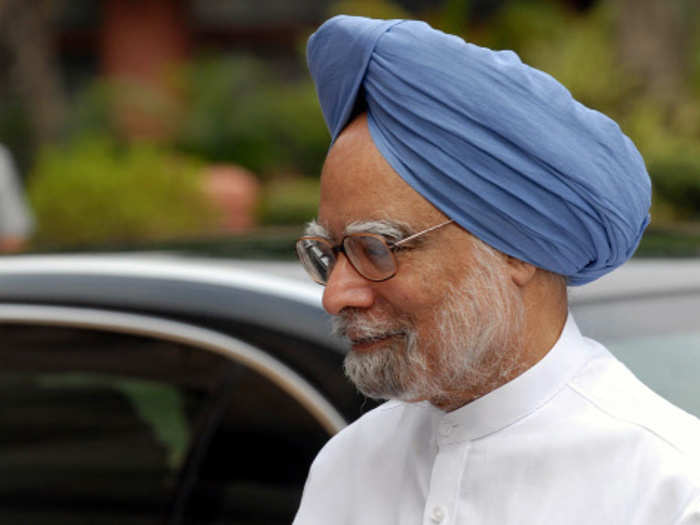
The 1991 budget — also known as the Epochal budget — is the most crucial budget in the history of India. The then Finance Minister Manmohan Singh who was well known to have asked for Alladin’s lamp to fix the economy - also made profound changes to India’s policies.
He introduced the policy of economic liberalisation — which allowed foreign companies to invest in India. The budget gave boost to export and slashed import licensing. Custom duty was reduced from 220% to 150%. The budget was a stepping stone to India’s fast economic growth.
1997: Chidambaram’s dream budget of tax reforms
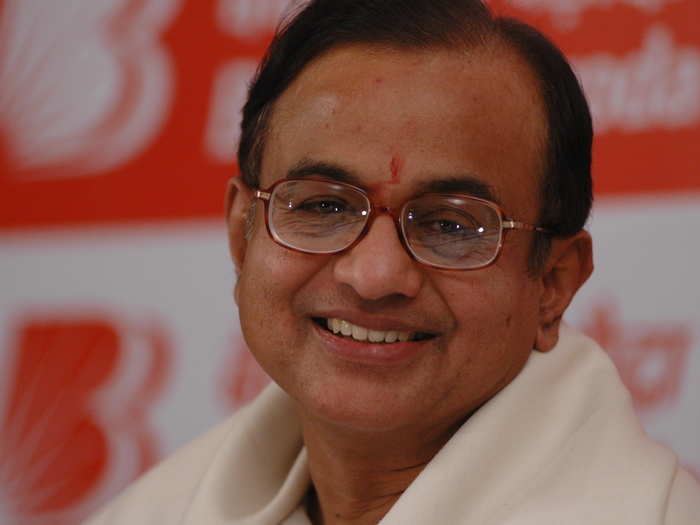
The 1997-98 budget presented by then finance minister P Chidambaram came to be known as the “Dream Budget” as it brought major tax reforms. He slashed the maximum marginal income tax rate for individuals by 10%. The budget also gave a huge income tax relief to domestic companies by cutting it down to 35%.
2000: Sinha heralds a new era of IT boom
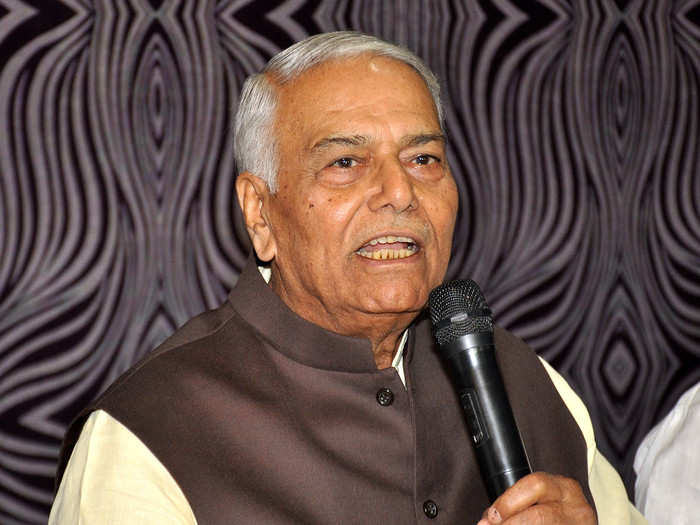
Yashwant Sinha introduced India’s first millennial budget in 2000. The budget aimed at making India an IT hub. He slashed custom duty on 21 IT items.
“Computers, from 20% to 15%, motherboards, from 20 percent to 15 percent, floppy diskettes, from 20 percent to 15 percent, specified capital goods for manufacture of semiconductors and ICs, from 15 percent to 5 percent, microprocessor for computers, from 5 percent to nil, memory storage devices, from 5 percent to nil, CD ROMs, from 5 percent to nil, integrated circuits and microassemblies from 5 percent to nil and data graphic display tubes for colour monitors for computers from 5% to nil,” Sinha had then said.
However, he faced a lot of backlash for not bringing long-term economic reform.
2001: The year when India privatised 27 companies
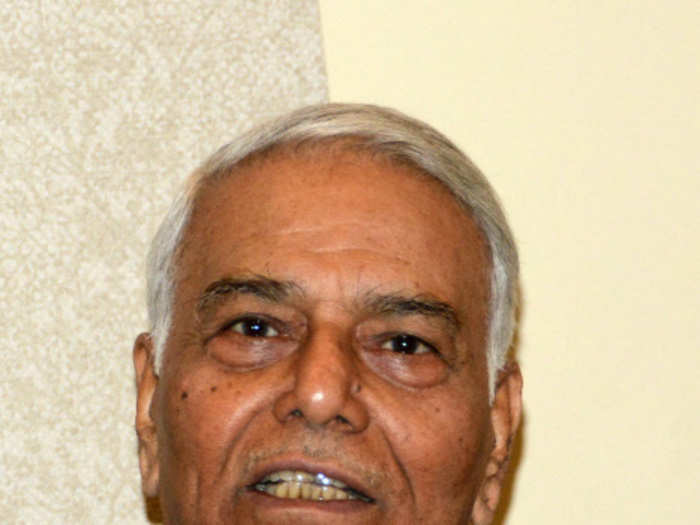
The government announced the privatisation of 27 companies including VSNL, Air India, and Maruti Udyog. It also set up the Department of Disinvestment to accelerate the privatization process and maximise returns to the government.
“Given the advanced stage of the process of disinvestment in many of these companies, I am emboldened to take credit for a receipt of ₹12,000 crore from disinvestment during the next year. An amount of ₹7000 crore of this will be used for providing restructuring assistance to PSUs, safety net to workers and reduction of debt burden,” the then finance minister Yashwant Sinha said
2005: The Aam Aadmi Budget which announced MNREGA
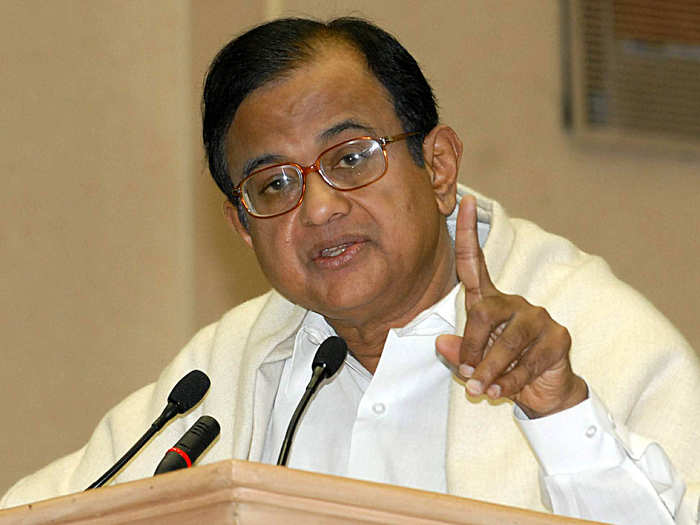
The 2005 budget came to be known as the Aam Aadmi Budget. It tabled lower corporate tax rates and customs duty, MNREGA and RTI.
The National Rural Employment Guarantee Scheme — launched in 2006 — provided 100 days of employment to all unemployed people. Whereas the Right To Information gave normal people access to seek timely responses from various government departments.
2017: Jaitley introduces Goods and Services Tax
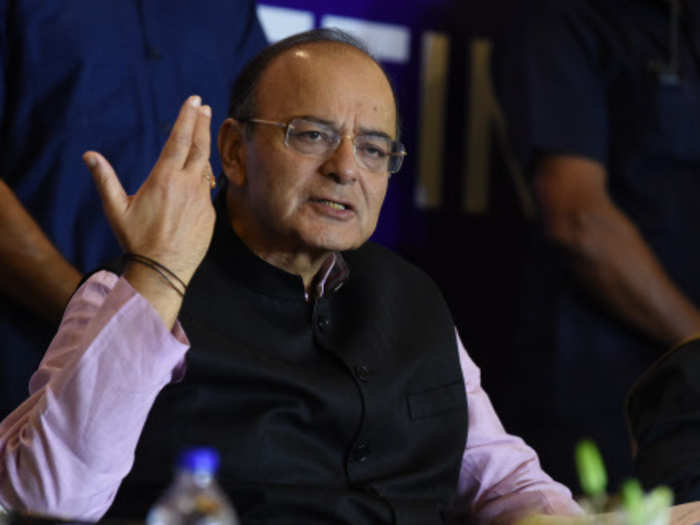
This was the first budget after the Modi government took two crucial decisions : passing Goods and Services Tax and demonetisation. The budget tabled by former finance minister Arun Jaitley focused on farm sector, healthcare and fiscal management. A sum of ₹10 lakh crore was allocated as credit to farmers. Moreover, the National Bank for Agriculture and Rural Development (NABARD) fund was increased to ₹40,000 crore.
The key announcement in the budget was reduction in income tax from 10% to 5% for people earning between ₹2.5 lakh and ₹5 lakh.
Popular Right Now
Popular Keywords
Advertisement